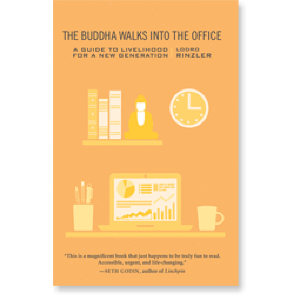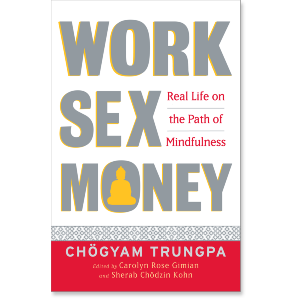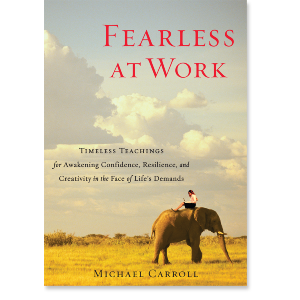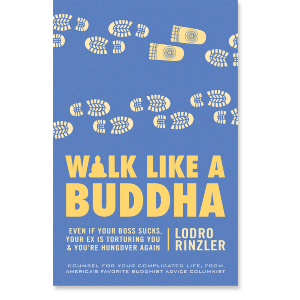The Buddha Walks into the Office seemed a particularly apt choice for our Shambhala office book club. After all, if anyone should aspire to an awake, uplifted workplace, it should be us. We dove in to see if Lodro Rinzler, teacher in the Shambhala tradition and founder of MNDFL meditation studios in New York, had any tips for us.
If you’re reading along, please comment at the bottom of this guide and let us know if The Buddha Walks into the Office was helpful to you, whether or not you work in an office.






